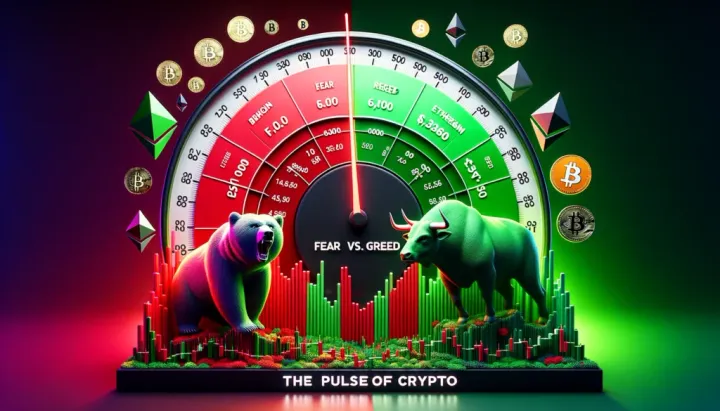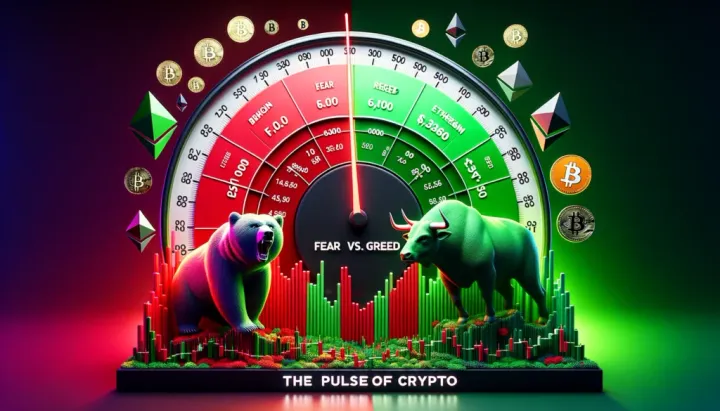The crypto market is in the midst of a panic phase that could rival the peak of the last ice age in 2022.
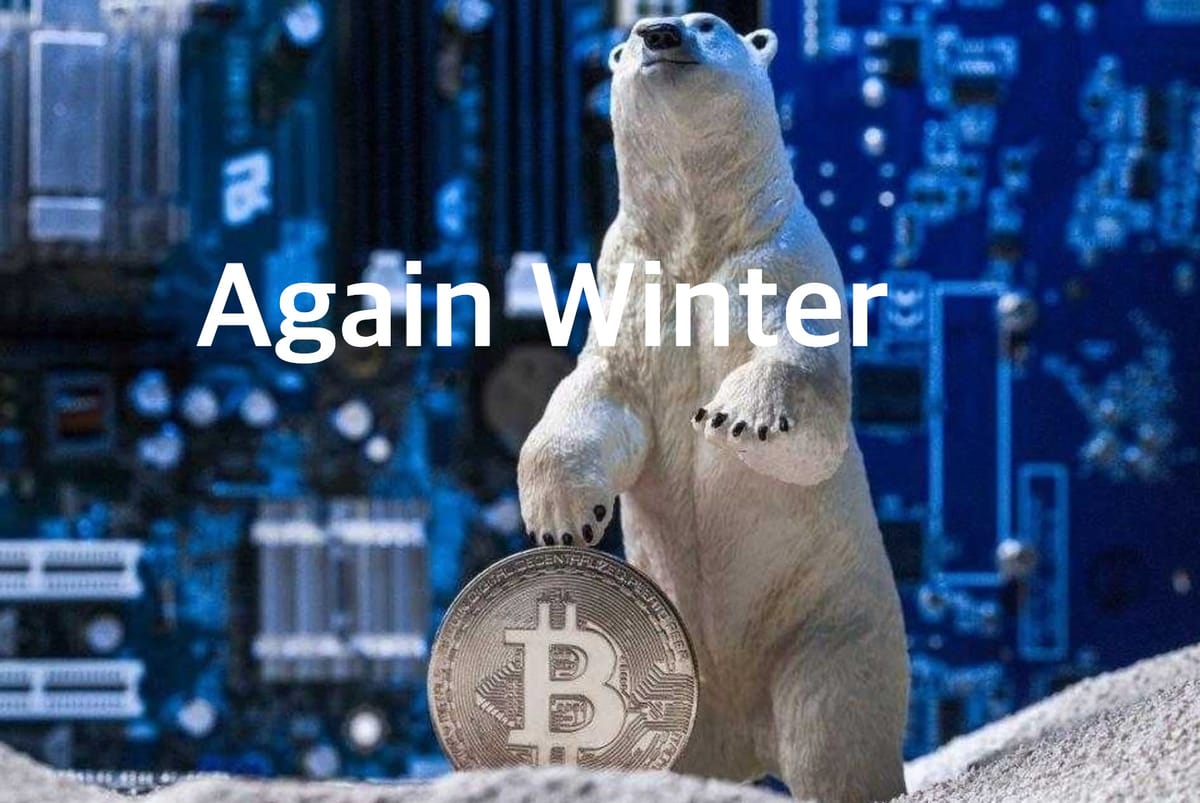
As $104.1 trillion evaporated from U.S. equity markets yesterday, bitcoin plunged nearly 20%. Cryptocurrency data provider Alternative's own estimate of the "Fear-Greed Index" dropped seven points from the previous day to 17. This is the lowest reading since July 15, 2022. It moved into the extreme fear phase as sentiment continued to deteriorate. The index indicates extreme fear in the market when it is close to zero, and extreme optimism when it is close to 100. The Fear Greed Index is calculated based on volatility (25%), trading volume (25%), social media mentions (15%), surveys (15%), Bitcoin market capitalization (10%), and Google searches (10%).
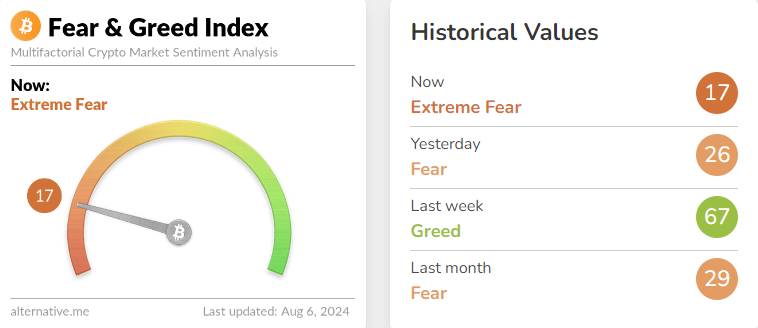
About, "BTC price suffered its biggest drop since the FTX collapse in November 2022, but it was not the 'biggest drop' that one would expect from a two-year bull run," crypto on-chain analytics platform Santiment told X. "The spread of fear in the market is a good sign. "There is enough fear in the market that traders are hesitant to open their wallets. This can be considered a positive sign," he added.
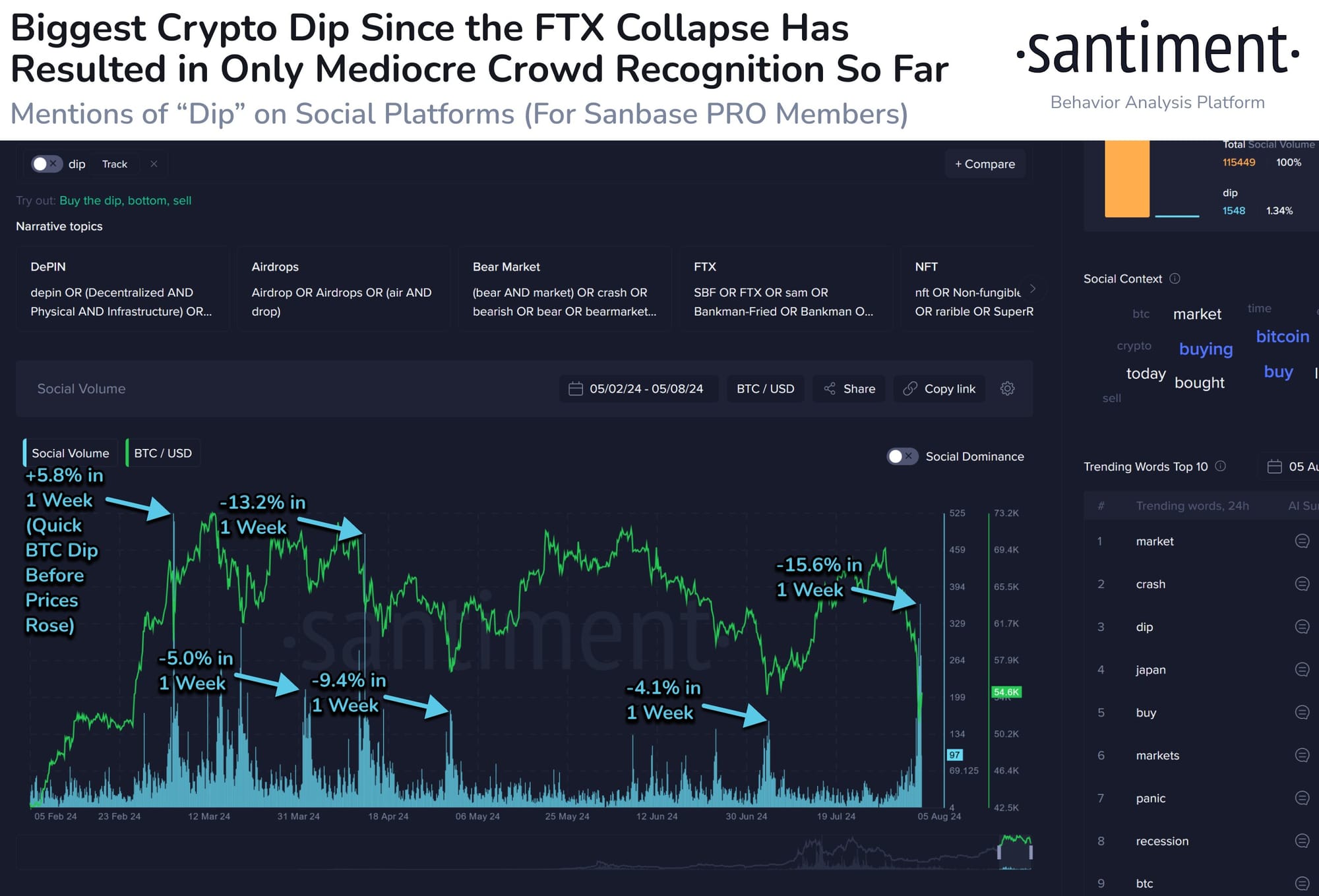
"In my personal opinion, and from a historical perspective, the crypto market selloff that began this weekend is a buying opportunity," Matt Hougan, chief investment officer of crypto asset manager and Bitcoin spot ETF issuer Bitwise, told X. "I've been in the crypto industry for six years, and I've seen it happen before. "Having managed money in the crypto space for more than six years, I've learned that these crashes are accompanied by opportunities. The last time we saw global capital markets crash like this was on March 12, 2020, during the COVID-19 pandemic. When all markets crashed, whether it was tech stocks, cryptocurrencies, or commodities, and everyone thought it was the end of the world, it was the best opportunity to buy Bitcoin in a decade. The reason is simple. Because COVID-19 hasn't changed Bitcoin's fundamentals. There's still a fixed total supply of 21 million bitcoins, and there's no dependence on banks, governments, or other institutions. Calls for the Fed to cut interest rates are also too similar to those made during the pandemic. The money-printing "printer" is back. This scenario was repeated in the Eurozone crisis of 2010 and the financial crisis of 2008. The most expensive lesson on Wall Street is 'this time is different'. Historically, right after this kind of global economic panic, cryptocurrencies fall, but a year later they are trading at much higher prices."

Meanwhile, BitMEX co-founder Arthur Hayes wrote on his X that the stock market turmoil that began five days ago is far from over. "That was the first wave. Now the corpses of the traditional financial institutions (TradFi) on top of the leveraged idiots will rise to the surface, and the second wave will begin." "The markets need to show more pain by Friday before the bailouts happen. The war will continue, so I recommend enjoying the break," he added.
